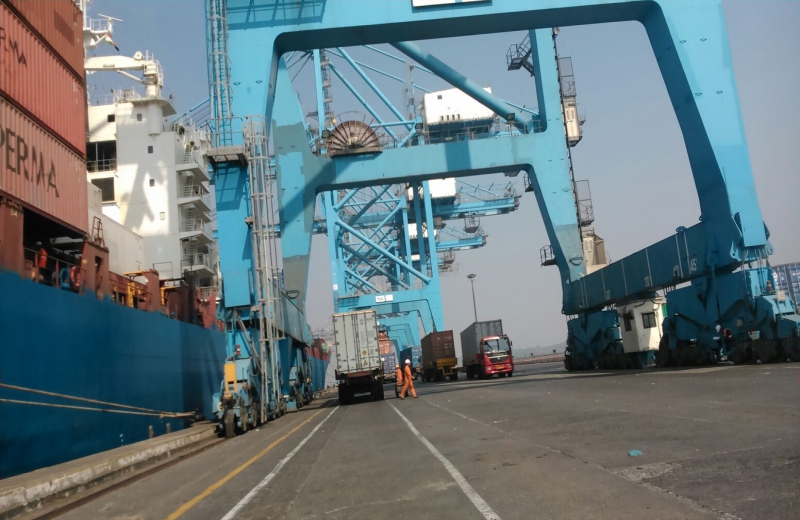Amid long-standing calls by private port players to bring parity between recent winners of public-private-partnership (PPP) projects at major ports and players with older contracts, the Centre has brought out draft guidelines for tariff migration, which will allow concessionaires to switch tariff regimes to a market-based one.
In the past, tariffs were regulated due to a limited competitive landscape, but the evolving market and competitive landscape necessitate deregulation. The original objective of introducing the tariff regulations in 2005 inter alia included safeguarding the interests of users, while ensuring fair returns to the port and encouraging competition & efficiency. The long-term objective outlined in the Tariff Guideline 2005 was competitive pricing. The market and the competitive landscape in the Indian Port sector have since witnessed a significant shift, according to the shipping ministry.
Currently, tariffs for private operators at central government ports are regulated under three separate regimes, Tariff Guideline 2005, superseded by Tariff Guideline 2019, Tariff Guideline 2008 and that of 2013.
The draft guidelines will allow PPP players to fix their own scale of rates (SOR), and will have to sign a supplementary agreement.
Previously, the major port authorities were also the service providers to end users as well as concessioning authority. Thus, the tariff regulations played an important role in safeguarding the interest of both Port users and PPP operators.
According to the Centre, with the transition to land-lord port model and increased private sector participation, the utility of tariff regulations (and fixation) in this context has diminished.
Several PPP operators had also told the ministry in the past that they suffer a disadvantage against fully private ports as there is no parity in tariff fixation, making PPP projects less desirable.
While the new regulations allow pricing freedom, it will not be a hindrance for government revenues to be earned from these PPP projects, as there will be no change in royalty.
As an additional measure, the Royalty as Revenue share of the Major Port, should/would not go below what it would have got under the regime when tariff was fixed/determined as per the Tariff Guidelines. This would be done by converting the Revenue share to Royalty based on the Annual Revenue Requirement of the Project as determined earlier, the draft guidelines said.
The government has invited stakeholders to send their inputs by October 25.







